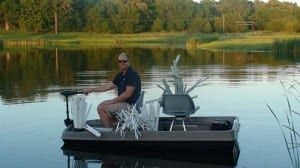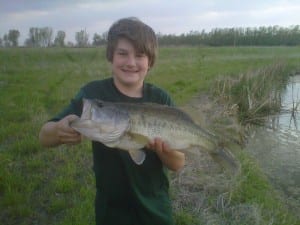Pork producer hit with fines
UNION CITY — A pork producer recently paid $12,693 to the Indiana Department of EnvironmentalManagement to settle a complaint that his hogs’ manure killed nearly 47,000 fish in 2008.
Rick Kremer and State Line Agri, Ansonia, Ohio, paid the civil penalty on Friday, about two months after an IDEM inspection found that he had not completed three “supplemental environmental projects” required in an agreed order on July 24, 2009.
At that time, in lieu of paying the civil penalty, Kremer agreed to replace existing county drainage tile that is 112 years old, to install a grass and tree buffer along Price Ditch to help filter and reduce potential contaminants, reduce soil erosion and improve wildlife habitat and to install a tree buffer and windbreak around hog buildings to screen, filter and disperse potential air contaminants exhausted from the buildings.
The agreed order called for the projects to be completed by July 24, 2010.
“Part of the supplemental environmental project was prohibited by dry weather last fall, and they had difficulty getting the rest of it done, so they opted to pay the balance instead of completing the project,” said IDEM spokesman Barry Sneed.
Kremer already had reimbursed the Indiana Department of NaturalResources $13,696 for the value of damage to an estimated 46,962 bass, bluegill, carp, catfish, creek chub, darters, minnows, stonerollers, suckers and other fish killed in an eight-mile stretch of Little Mississinewa River.
“A plan is being developed to use the funds for a fish habitat project that will help native fishes recover and repopulate in or near the kill zone,” said Phil Bloom, a DNR spokesman. “The project has several partners: DNR, Randolph County Soil and Water Conservation District, Randolph County surveyor, U.S. Department of Agriculture Natural Resources Conservation Service and the Indiana State Department of Agriculture. The goal is to have the project installed later this year or in 2012.”
Kremer had land-applied manure when soil and weather conditions were unsuitable.
The supplemental environmental projects would have cost Kremer much more than the civil penalty. He previously paid $2,800 of the original civil penalty of $14,000. He had agreed to complete the environmental projects in lieu of paying the remainder of the civil penalty.
The penalty he paid Friday included the remaining $11,200, plus $1,493 in interest.
Damages to the fish population were determined using American Fisheries Society guidelines that calculate the average cost for a hatchery to raise a fish of the same species to the same size.
“All fish have a value,” Bloom said in 2009. “The larger the fish, the more it’s worth.”
See the dozens of unique artificial fish habitat models, fish attractors and fish cover used at fishiding.com, the industry leader and only science based, man made and artificial fish habitat, proven to provide all fish with cover they prefer to prosper.
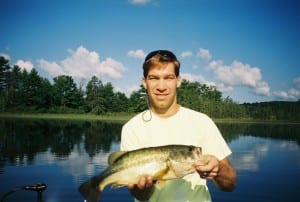
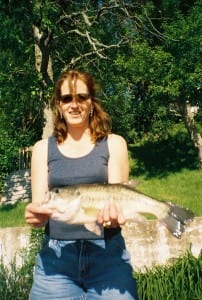
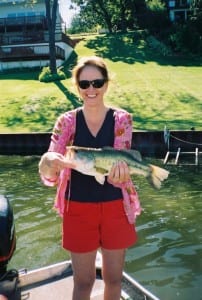
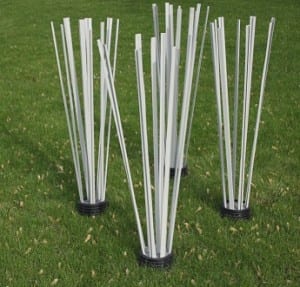
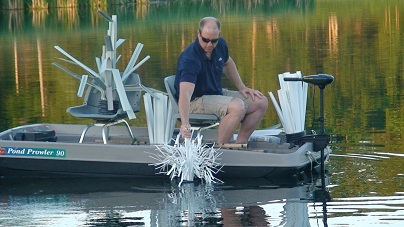

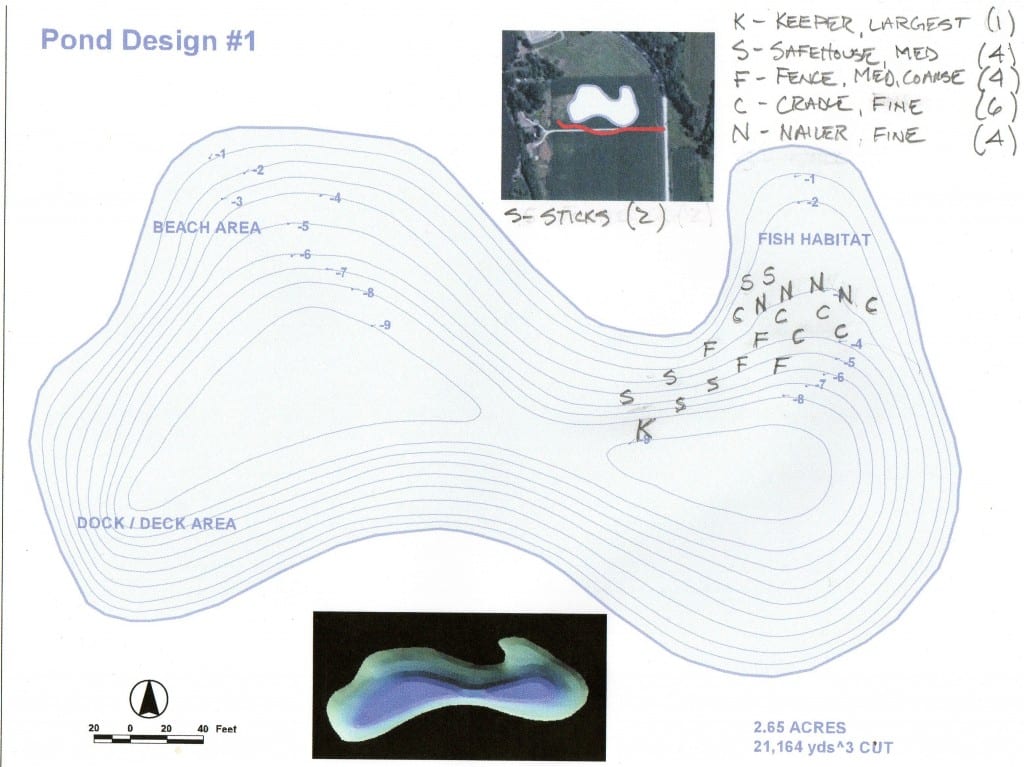 We sent out a group of 19 structure units ranging from shallow water
We sent out a group of 19 structure units ranging from shallow water 